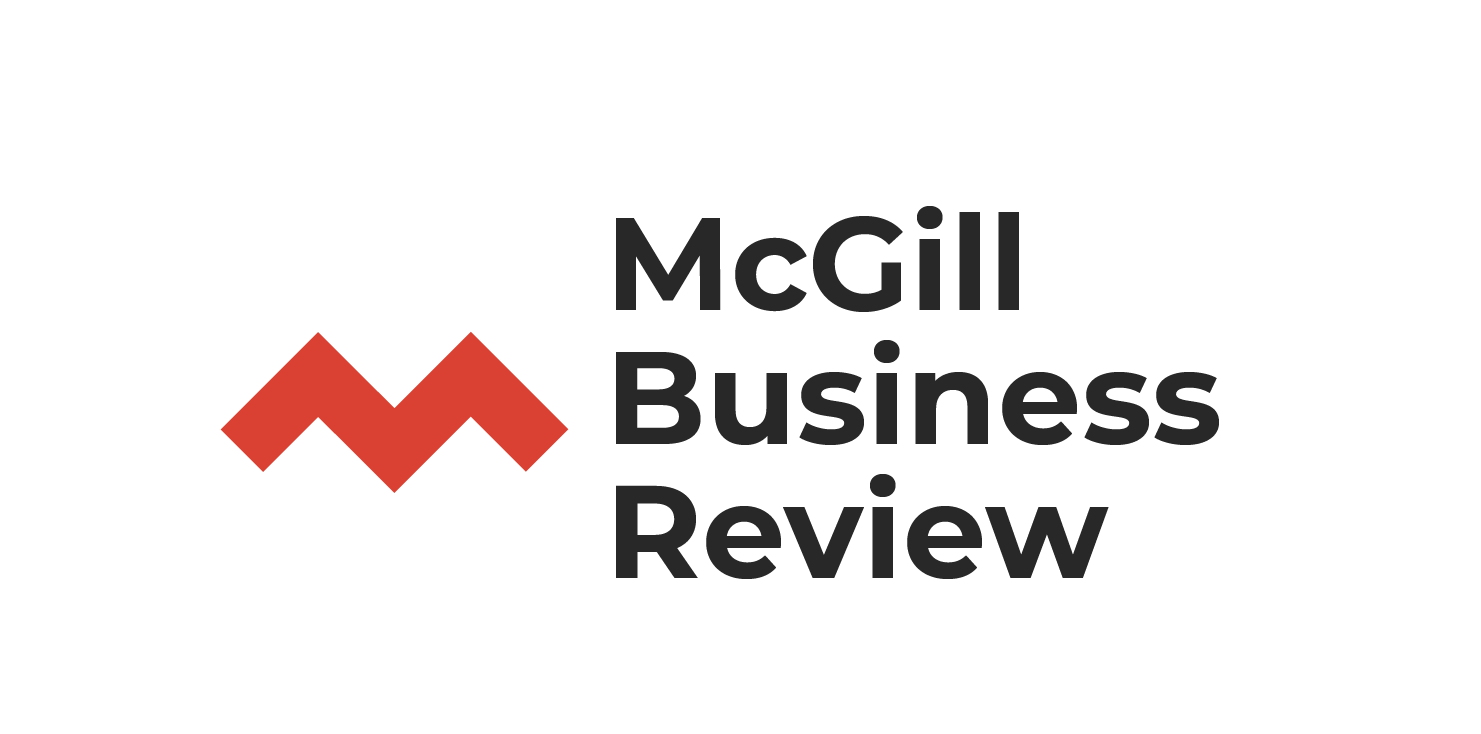GLP-1: The Super-Hormone That Could Tackle The World’s Most Preventable Disease
In a world grappling with rising obesity rates and the accompanying health crises, a breakthrough in weight loss medication is igniting both hope and skepticism. The global weight loss industry, valued at over $300 billion, may soon witness a paradigm shift thanks to advancements involving the gut hormone GLP-1 (glucagon-like peptide-1), the target of drugs marketed under now well-known names like Ozempic and Wegovy. But is this the silver bullet we've been waiting for, or just another fleeting promise?
Originally developed to treat type 2 diabetes, these medications have shown remarkable efficacy in promoting weight loss. The recent awarding of the 2024 Lasker Award to researchers behind GLP-1 therapies underscores the significance of this development. In recent years, the Lasker Award has become a strong predictor for the Nobel Prize winner later the same year. In fact, 32 Lasker awardees have gone on to earn a Nobel Prize since the turn of the century.
Unlocking the Science of Satiety: Benefits and Risks of GLP-1
GLP-1 is a hormone produced in the gut that signals feelings of fullness to the brain, effectively reducing appetite. By mimicking this hormone, GLP-1 receptor agonists help individuals consume fewer calories without the constant battle against hunger. Clinical trials have demonstrated that patients can lose up to 15% of their body weight over a year when using these medications in conjunction with lifestyle changes.
The potential benefits extend beyond mere weight loss. Obesity is a major risk factor for a host of chronic conditions, including cardiovascular disease, stroke, and certain cancers. Effective management of obesity could therefore lead to reductions in these associated health risks. Moreover, the economic implications are substantial. With obesity-related healthcare costs soaring, a reliable pharmaceutical intervention could alleviate financial burdens on both individuals and healthcare systems.
Pharmaceutical giants are racing to capitalize on this opportunity. Companies like Novo Nordisk and Eli Lilly are investing heavily in the development and marketing of GLP-1-based therapies. The anticipation is that these drugs could become as commonplace as statins (the bestselling pharmaceutical in history) are for managing cholesterol, thereby tapping into a vast and growing market.
Weighing the Skepticism
Despite the promising outlook, not everyone is convinced that GLP-1 drugs are the panacea they're touted to be. The Financial Times highlights concerns over the long-term sustainability of weight loss achieved through these medications. Critics argue that once patients stop taking the drugs, they may regain the weight, but with an even lower ratio of muscle-to-fat than before medication.
The issue of rapid muscle loss is a red flag for many patients, not even to mention discussions about side effects, accessibility, and cost (Ozempic is currently priced at $1000 per month sans insurance coverage). Common side effects include nausea, vomiting, and diarrhea, which could deter patient compliance. Moreover, some experts caution against viewing pharmaceutical interventions as a substitute for holistic lifestyle changes. They emphasize that while GLP-1 drugs can be a valuable tool, they should be part of a comprehensive approach that includes diet, exercise, and behavioral therapy.
The Ethical and Economic Implications
The emergence of GLP-1 therapies also raises important ethical and economic questions. While these medications offer a promising solution, their high cost could exacerbate existing health inequities. Not everyone who could benefit from GLP-1 drugs will have access to them, especially in regions where healthcare coverage is limited or out-of-pocket expenses are prohibitive. This raises concerns about a potential divide between those who can afford these treatments and those who cannot. Furthermore, there's the question of how healthcare systems will manage the long-term costs if these medications become a standard part of obesity treatment. Since obesity is a chronic condition, patients may need to take these drugs indefinitely to maintain weight loss, leading to substantial cumulative costs per individual. Public and private insurers could face financial strain, leading to higher insurance premiums or increased taxation to cover public health expenditures. Policymakers and healthcare providers will need to navigate these challenges to ensure that the benefits of GLP-1 therapies are financially sustainable and accessible to all who need them.
A Measured Approach to a Weighty Problem
The excitement surrounding GLP-1-based therapies is palpable, and for good reason. They represent a significant advancement in our ability to manage obesity, offering hope to millions who struggle with weight loss. Yet, it's crucial to approach this breakthrough with both optimism and caution.
The impact on an industry that has a trillion-dollar potential by 2030 is enormous. If these drugs live up to their promise, they could redefine standard care for obesity and shift the industry's focus toward pharmaceutical solutions. However, addressing the skepticism is essential to ensure that expectations are realistic and that the therapies are implemented responsibly. In the end, whether GLP-1 is the game-changer the world needs remains to be seen. What is clear is that tackling obesity requires a measured approach, and this breakthrough could be a valuable piece of the puzzle.

